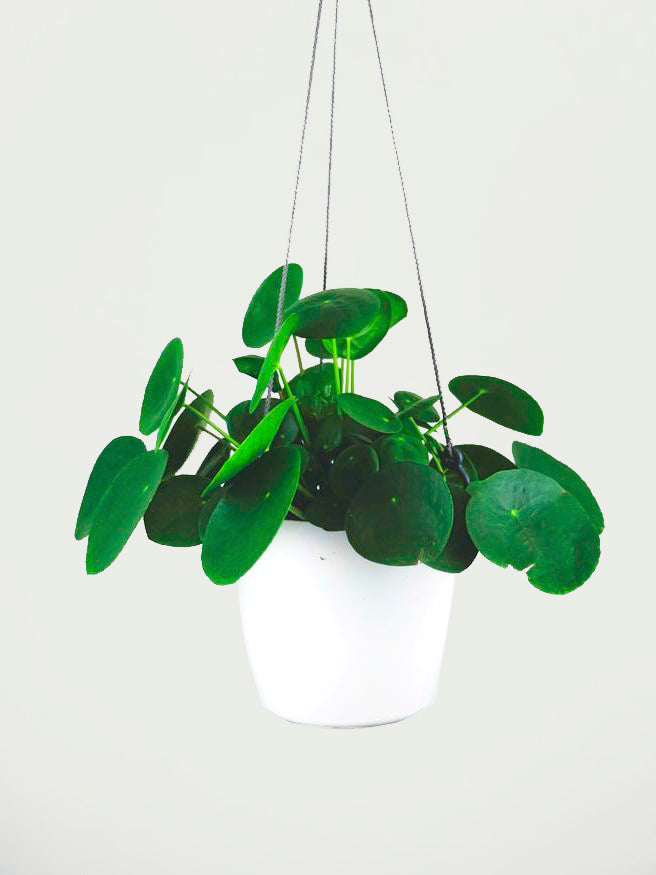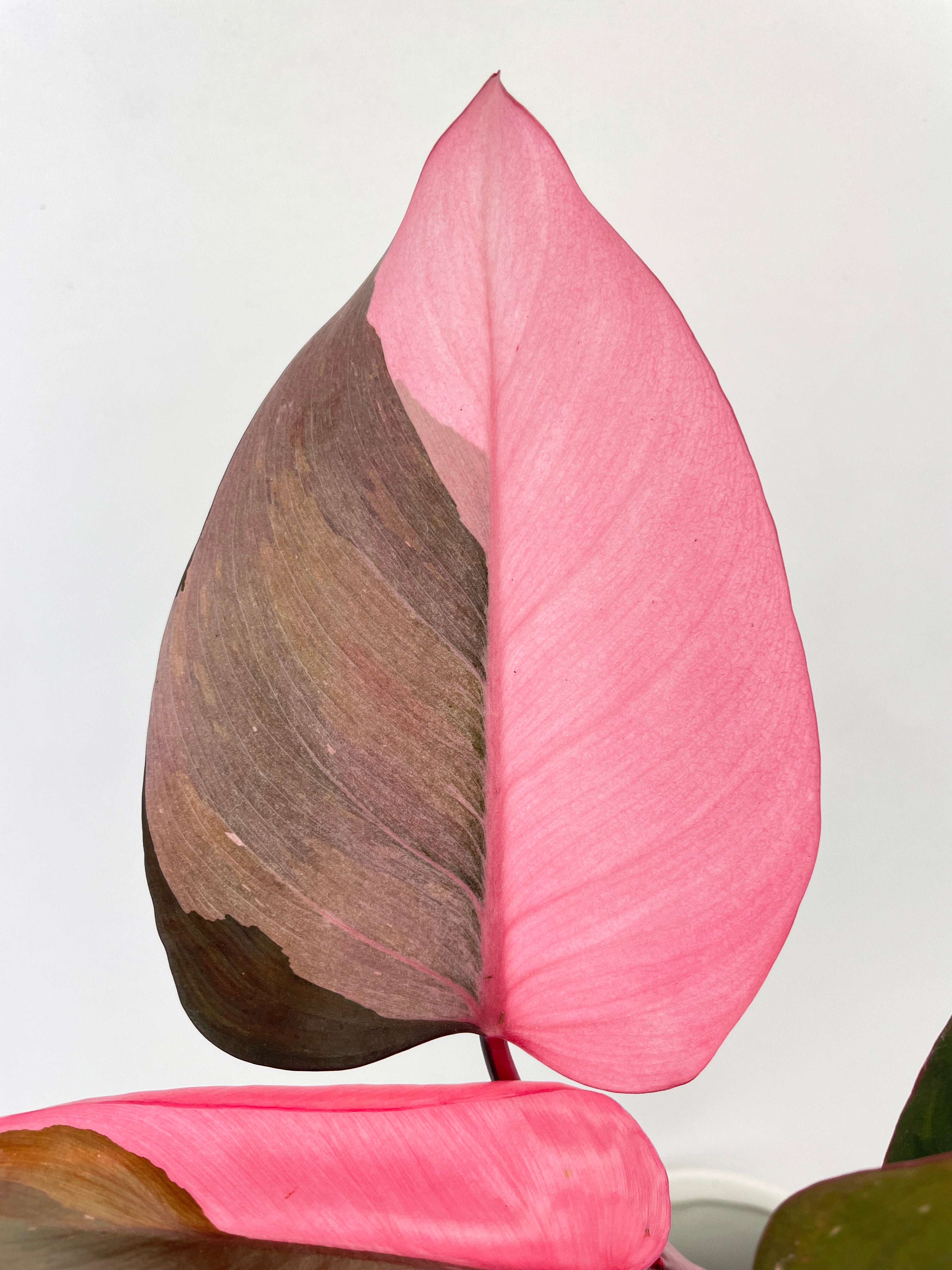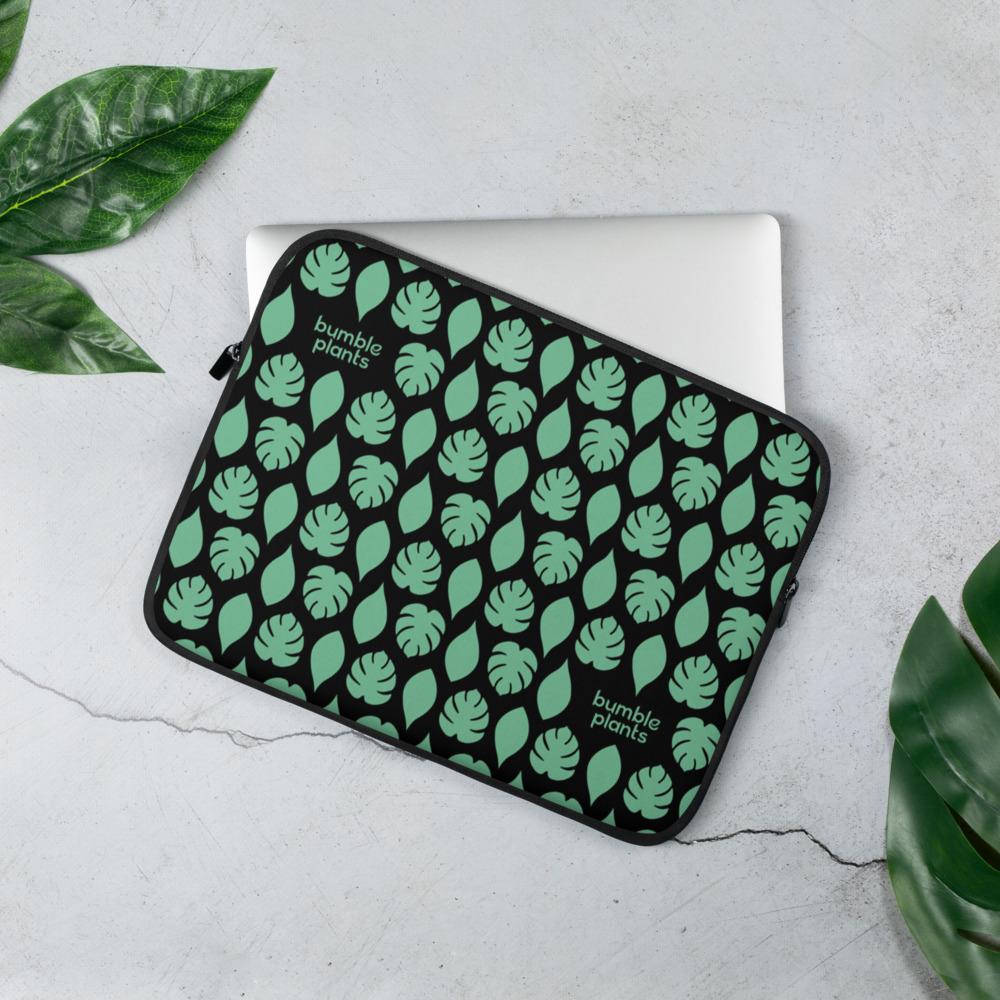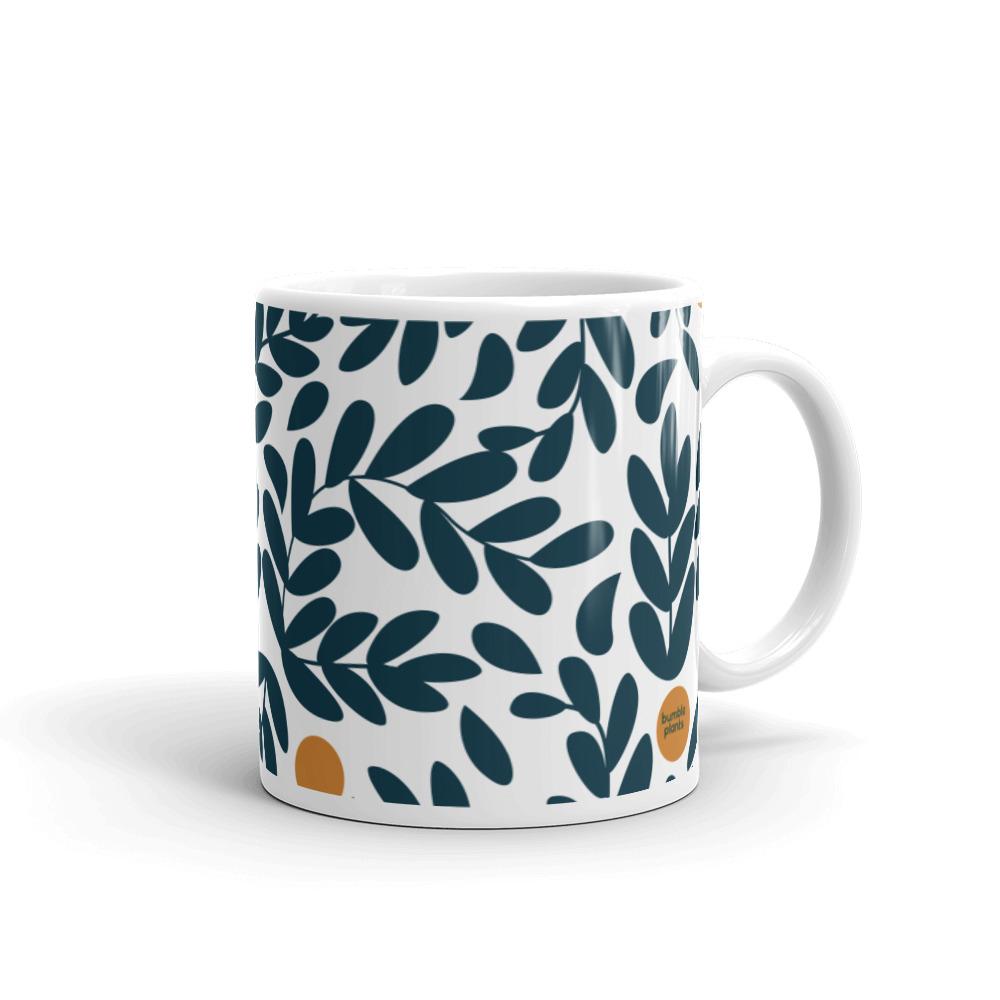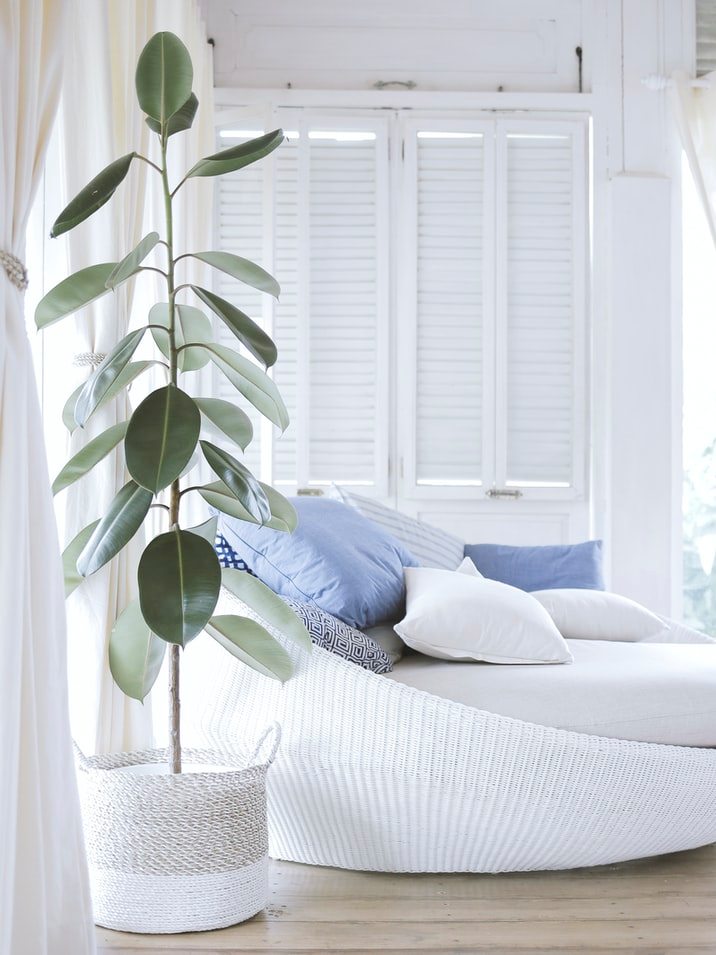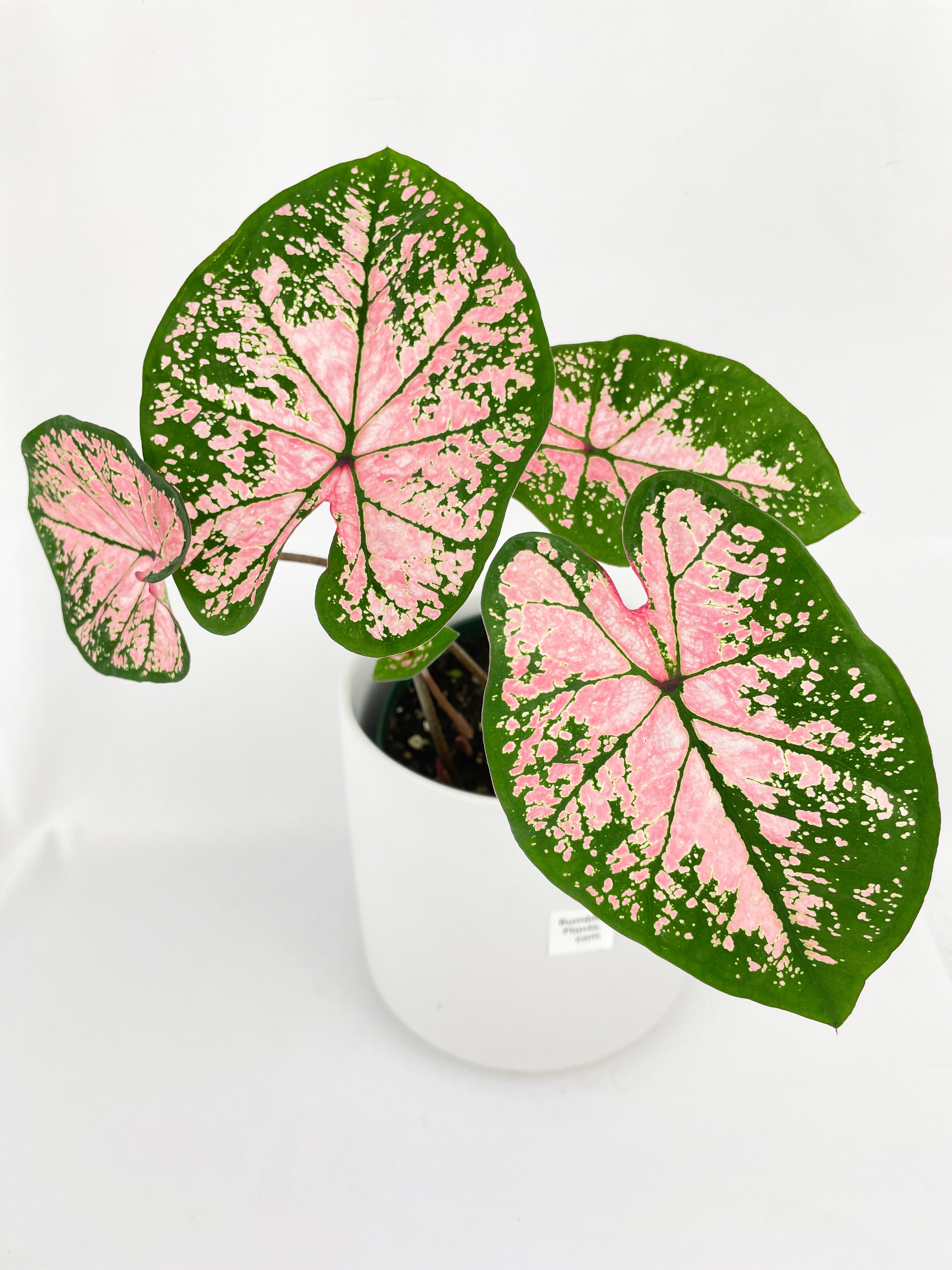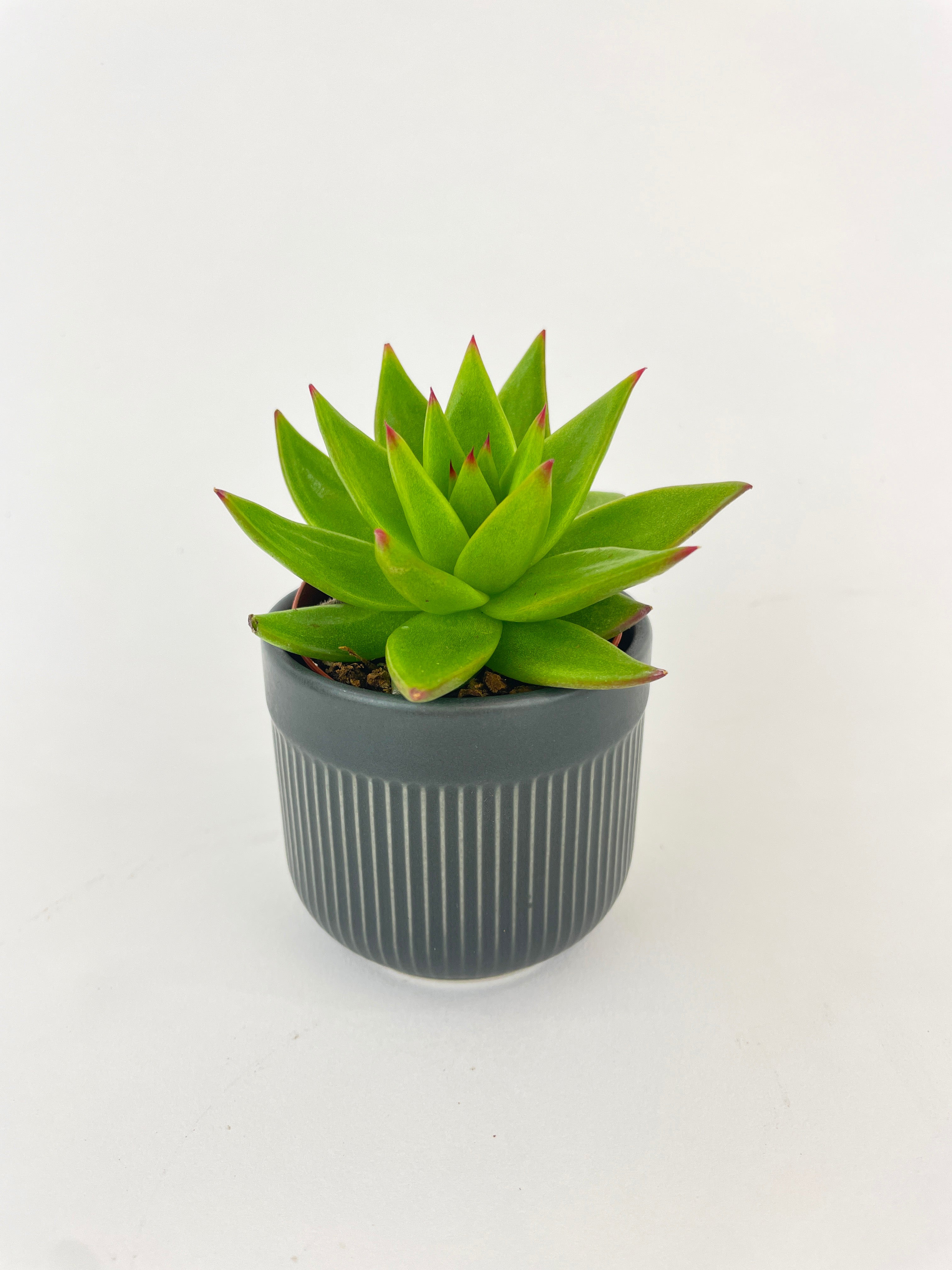* You will receive ONE (1) 4" plant in nursery pot, unless stated otherwise. Refer to our FAQ for more information.
Philodendron Billietiae is a stunning tropical plant that is becoming increasingly popular among plant enthusiasts. With its large, glossy leaves and exotic appearance, this plant is sure to brighten up any space. In this product description, we will cover everything you need to know about caring for Philodendron Billietiae.
How to Care for Philodendron Billietiae
Watering
Philodendron Billietiae prefers well-draining soil that is moist but not waterlogged. Water your plant thoroughly, allowing the excess water to drain out of the pot. Avoid letting the soil dry out completely between waterings, as this can cause the leaves to wilt and brown.
Sunlight
This plant prefers bright, indirect sunlight. Direct sunlight can scorch the leaves, so it's best to place it in a location that receives filtered sunlight or partial shade.
Temperature
Philodendron Billietiae prefers temperatures between 65°F-85°F (18°C-29°C). Avoid exposing it to temperatures below 55°F (12°C), as this can cause damage to the plant.
Humidity
This plant thrives in high humidity levels. If your home is particularly dry, consider using a humidifier or placing a tray of water near the plant to increase humidity.
Toxicity
Philodendron Billietiae is toxic to pets and humans if ingested. Keep it out of reach of children and pets.
Fertilizer
Feed your Philodendron Billietiae every 2-3 months during the growing season with a balanced fertilizer.
Growth Rate
Philodendron Billietiae is a slow-growing plant that can reach up to 4 feet in height. It may take several years for it to reach its full height.
Pruning
Prune your plant as needed to maintain its size and shape. Remove any yellow or damaged leaves, and trim back any leggy or overgrown stems.
Propagation
Philodendron Billietiae can be propagated by stem cuttings. Cut a stem with several leaves and place it in a container of moist soil. Keep the soil moist and warm, and roots should develop within a few weeks.
Soil Mix
Philodendron Billietiae prefers a well-draining soil mix that is rich in organic matter. A mixture of peat moss, perlite, and sand can work well.
Repotting
Repot your plant every 2-3 years or when it becomes root-bound. Choose a pot that is one size larger than the current pot, and use a well-draining soil mix.
Common Pests
Philodendron Billietiae is susceptible to spider mites, mealybugs, and scale insects. Inspect your plant regularly and treat any infestations promptly.
Common Problems
The most common problems with Philodendron Billietiae are overwatering and underwatering. Make sure to water your plant consistently and avoid letting the soil dry out completely between waterings. If the leaves turn yellow or brown, it may be a sign of overwatering or underwatering. Adjust your watering routine accordingly.

